Regular physical activity is essential for your well-being, but it can become a challenge when joint pain sets in, particularly in the wrist. But giving up sport doesn’t have to be inevitable.
With a few good practices and the right tools, it’s perfectly possible to continue training while protecting this fragile joint. Here are five practical ways of looking after your wrist without giving up your sports routine.
1. Never neglect a specific warm-up
Before you put any strain on your wrists, whether you’re carrying loads or holding them for long periods, it’s essential to prepare them properly. Simple exercises such as rotating the wrist, stretching the carpal tunnel or gently flexing and extending the wrist will help to awaken the joint.
This preventive action promotes flexibility, improves local blood circulation and reduces the risk of micro-trauma. A reflex that should be adopted systematically, especially in disciplines such as yoga, cross-training or boxing.
2. Choose a flexible, intelligent support
When wrists become sensitive, support is an invaluable ally, as long as it doesn’t impede movement. That’s precisely the promise of Velpeau Eco² Poignet, a discreet, breathable solution that provides good support without rigidity.
Designed to support everyday movements as well as sporting efforts, this brace combines comfort and effectiveness. It stabilises the wrist while leaving the hand free to move, so you can practice with confidence. A wise choice for those who refuse to sit on the sidelines.
3. Strengthen the muscles to better protect the joint
Often neglected, strengthening the muscles around the wrist plays a central role in preventing pain. Targeted exercises using elastic bands, small dumbbells or even a stress ball can improve the stability of the joint. The aim? Gradually strengthen the forearm muscles to relieve some of the strain on the wrist. This gentle routine can be incorporated at the end of training or during an active rest day.
4. Reassess your level of effort without feeling guilty
Keep moving, yes, but not at any price. If you feel persistent discomfort, it’s a good idea to adjust your training load. This may mean temporarily reducing the weight lifted, spacing out intensive sessions or varying the disciplines to allow the wrist to breathe. Alternating sustained effort with low-impact activities (such as cycling, walking or Pilates) helps to maintain regularity while respecting the body’s recovery rhythm.
5. Take good care of your recovery
Rest does not mean inactivity. It is an integral part of the healing process and of improving performance. After exercise, giving your wrists a break with gentle techniques such as massage, local cold or the application of a soothing cream can relieve inflammation. Hydration, a balanced diet and quality sleep complete this winning trio for optimum recovery.
Protecting your wrists while staying active is first and foremost a question of listening to yourself and adopting good habits. With the right movements and a targeted warm-up routine, it’s perfectly possible to combine sport and pain prevention. The key lies in a balanced approach, where performance and body awareness go hand in hand. Because moving freely also means knowing how to support yourself intelligently.

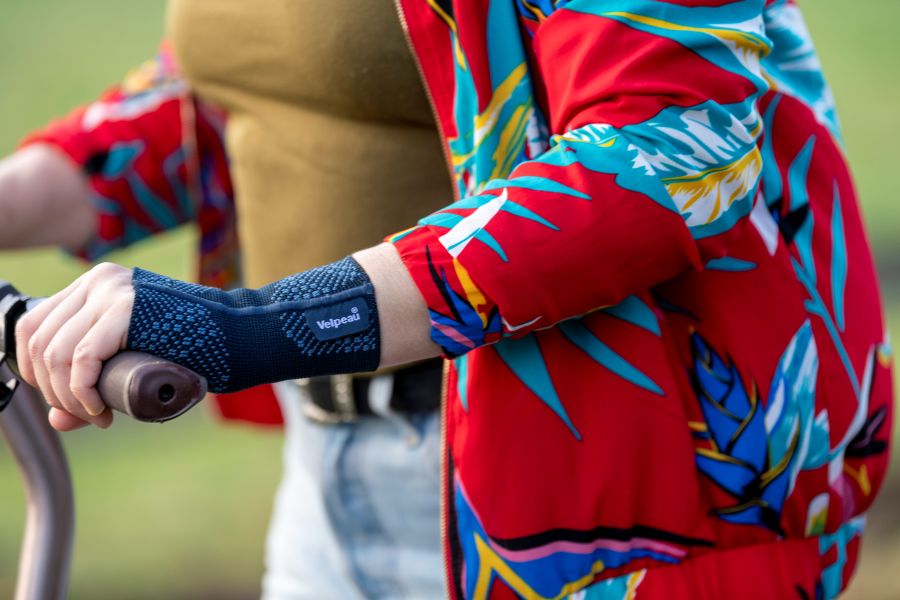











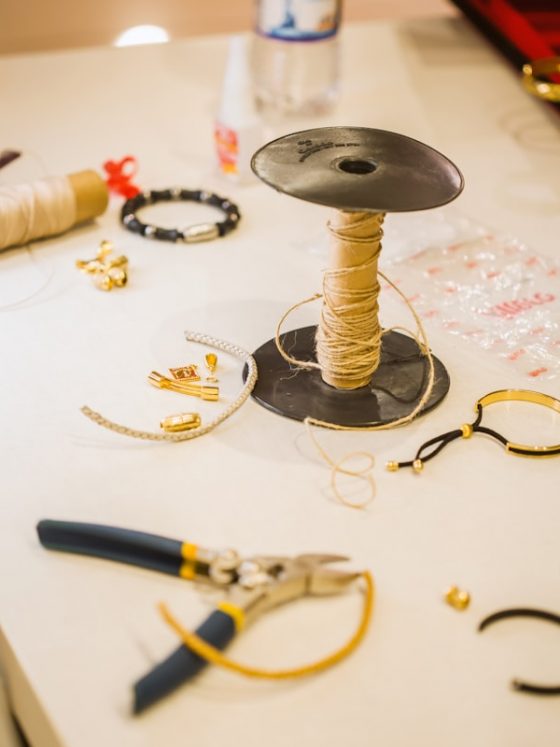


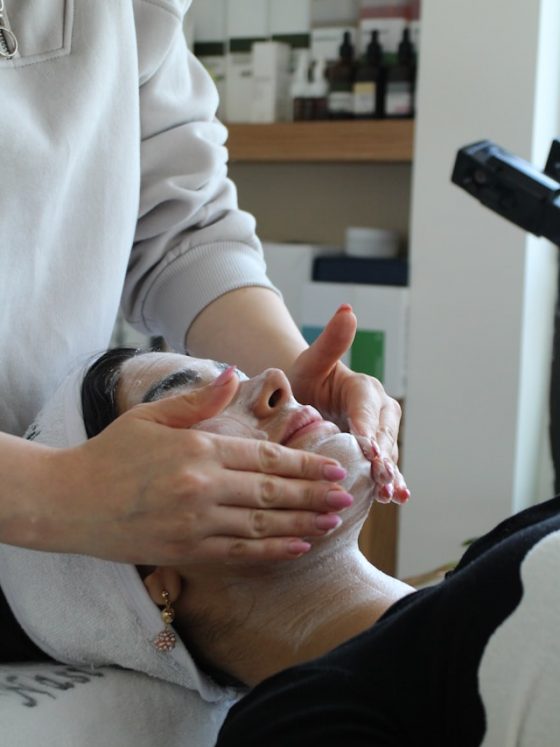



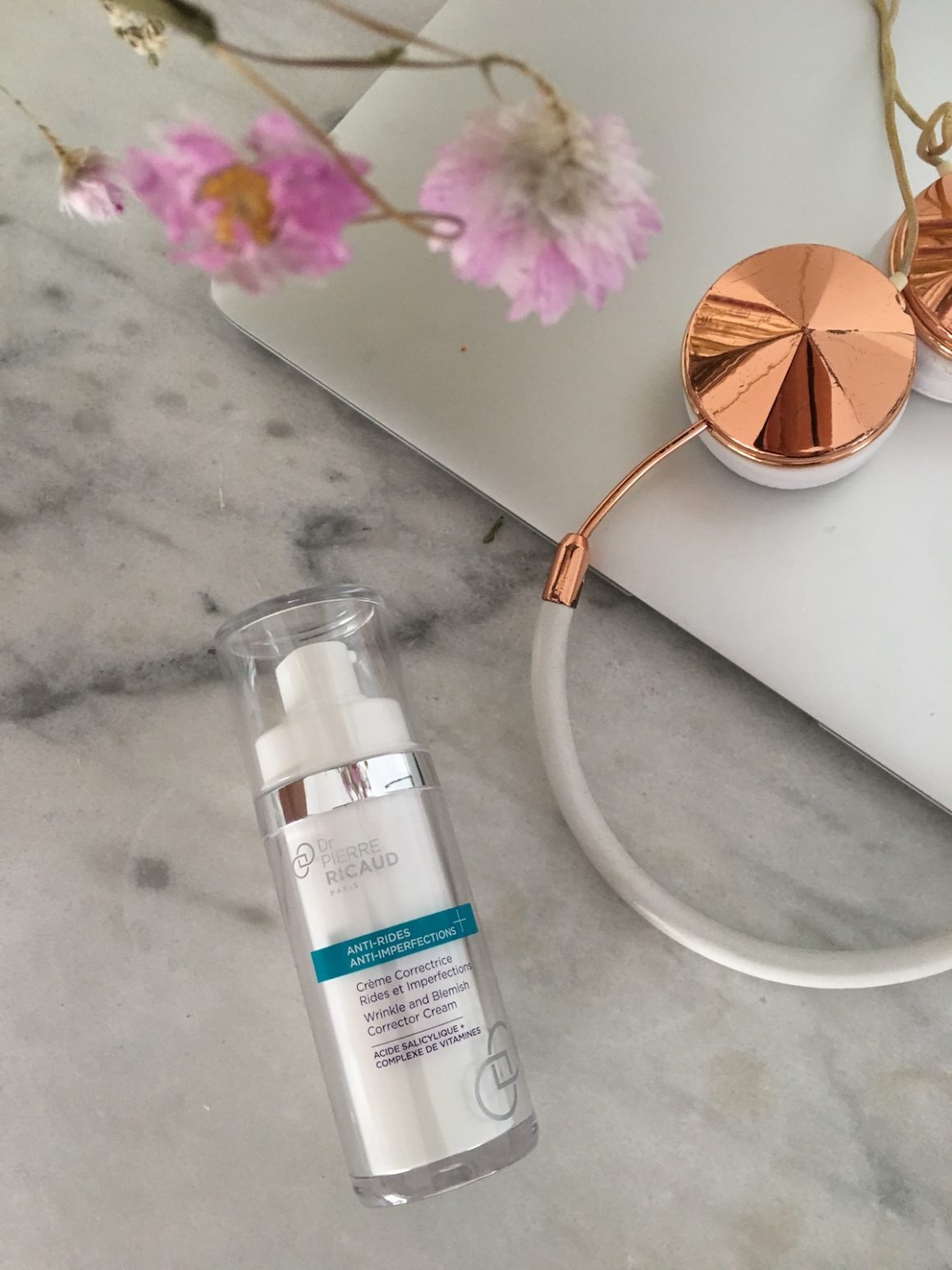

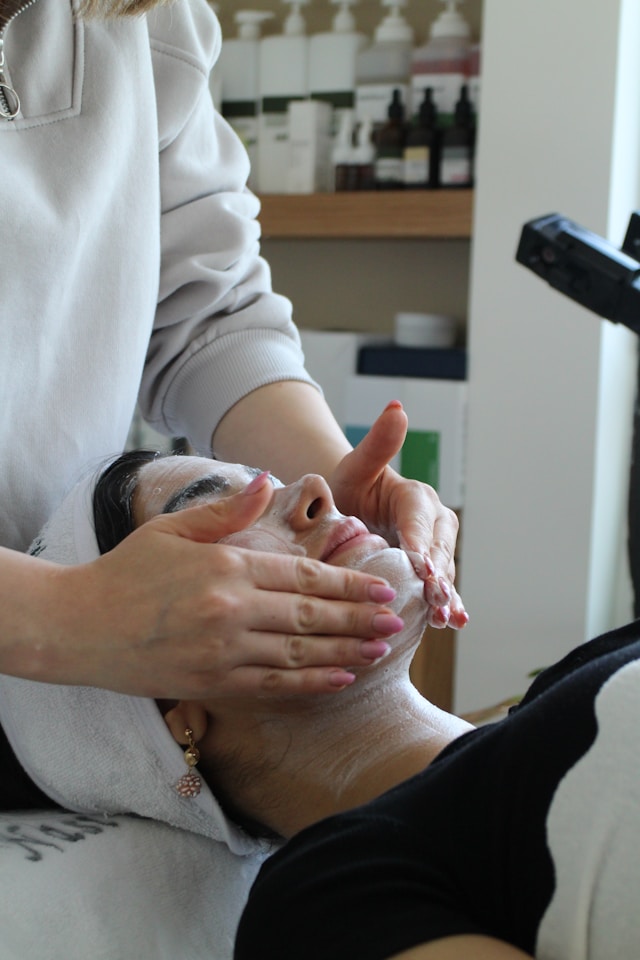






Follow us on Instagram